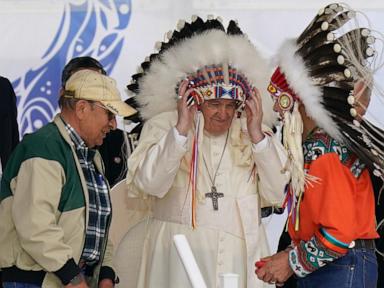Recent research has revealed that the origins of modern dog breeds extend far beyond the Victorian era, tracing back to prehistoric times. This finding challenges the long-held belief that the Victorians were solely responsible for the development of the diverse dog breeds we see today.
The study highlights the remarkable variety in domestic dogs, which are considered among the most diverse mammals on the planet. Breeds range from the diminutive chihuahua to the towering great dane, and from the flat-faced pug to the long-muzzled borzoi. The extensive range of shapes, sizes, and characteristics illustrates a complex evolutionary history.
Unraveling the Canine Family Tree
Research conducted by a team of geneticists and archaeologists indicates that the genetic foundations of today’s dog breeds can be traced back thousands of years. The team analyzed DNA from ancient dog remains alongside modern canine breeds, revealing that variations existed long before the Victorian era’s significant breeding practices.
According to the findings, the genetic diversity present in domestic dogs today is rooted in their ancient ancestors, which were domesticated around 15,000 years ago. This long timeline suggests that the characteristics we associate with specific breeds were influenced by early human interactions with canines, rather than solely by 19th-century breeding trends.
The Victorian period did contribute to the formalization and popularization of distinct breeds, but it did not initiate the process of breed development. Instead, the study emphasizes that the foundation of modern dog breeds lies in the adaptations and traits that have developed over millennia.
Implications for Dog Breeding and Conservation
This research has significant implications for both current dog breeding practices and conservation efforts. Understanding the prehistoric roots of dog breeds can help breeders make informed decisions that prioritize genetic diversity. Geneticists stress the importance of maintaining this diversity to ensure the health and longevity of future generations of dogs.
Moreover, these findings may reshape how we view the relationships between humans and dogs. The study suggests that the bond formed between species began long before the establishment of formal breeding standards. It highlights the enduring connection that has evolved through shared history and mutual dependence.
As the study gains attention in the scientific community, dog lovers and breeders alike may need to reconsider traditional views regarding breed characteristics and development. The insights provided by this research not only enrich our understanding of canine history but also emphasize the importance of preserving the genetic legacies of these remarkable animals.
In conclusion, the discovery of dogs’ prehistoric origins serves as a reminder of the complexity and richness of their evolutionary journey. Acknowledging these roots can foster a deeper appreciation for the diversity of breeds and the significant role dogs have played in human history.







































































